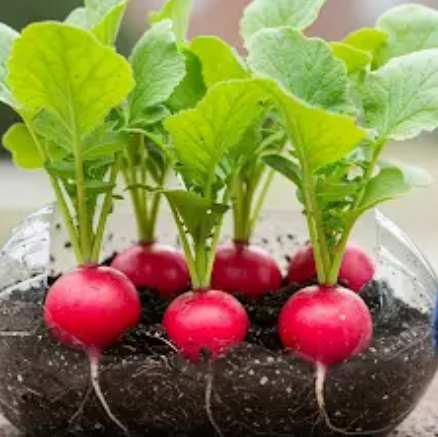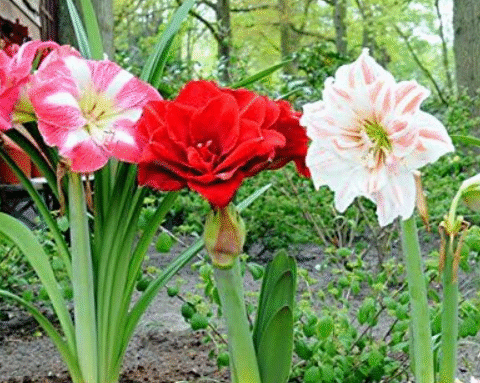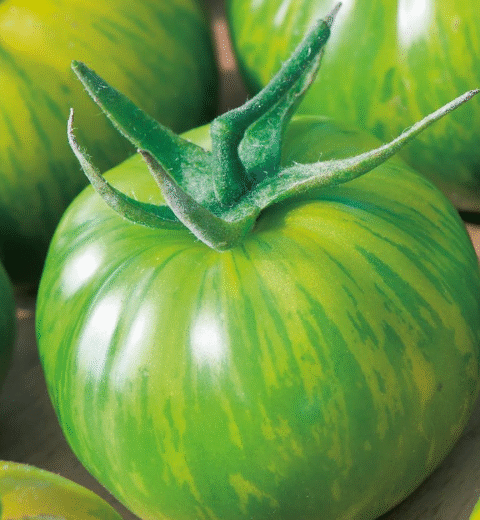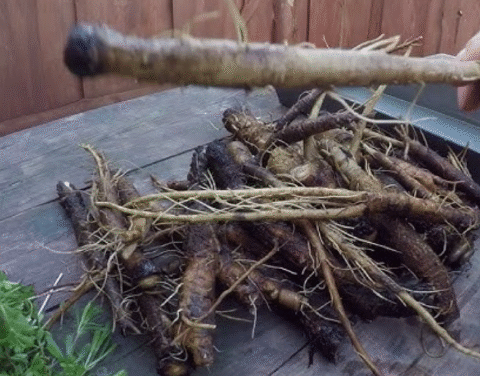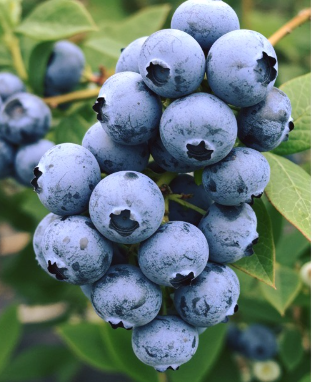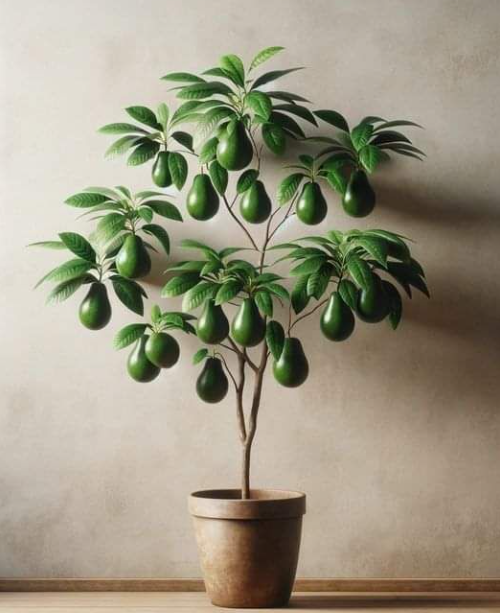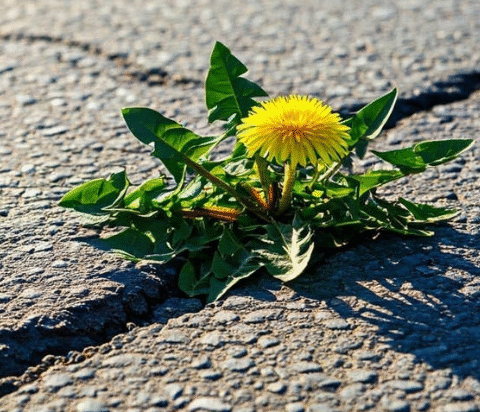Grow Organic Radishes in Recycled Plastic Bottles—No Garden Needed
If you’ve got limited space or no backyard, container gardening offers a smart solution. Radishes, notable for their quick growth and shallow roots, are especially suited for small-space setups. With just a few recycled plastic bottles, quality potting soil, and radish seeds, you can harvest crispy, peppery radishes right from your balcony, terrace, or windowsill.
Why Grow Radishes in Plastic Bottles?
- Fast-growing & beginner-friendly: Radishes are one of the quickest vegetables to mature—typically in 20–35 days—and are ideal for new gardeners. :contentReference[oaicite:3]{index=3}
- Space-efficient: Their shallow root systems mean they don’t need deep soil, making them perfect for bottles. :contentReference[oaicite:4]{index=4}
- Eco-smart: Recycling plastic bottles reduces waste and transforms trash into productive garden space. :contentReference[oaicite:5]{index=5}
- Portable & versatile: Bottles can be arranged vertically, on balconies, or indoors—offering flexibility in placement. :contentReference[oaicite:6]{index=6}
Materials You’ll Need
- Clean 1.5–2 L plastic bottles (clear or opaque)
- Sharp scissors or craft knife
- Drill, hot nail, or screwdriver (for drainage holes)
- Well-draining potting mix, ideally with compost
- Fast-maturing radish seeds (e.g., Cherry Belle, French Breakfast)
- Watering can or spray bottle
- Optional: wire or twine if you plan to hang the bottles
- Tray or saucer to catch runoff
These items are affordable, widely available, and many come straight from your home waste. :contentReference[oaicite:7]{index=7}
Step-by-Step Planting Guide
1. Prepare the Bottles
- Remove labels and wash thoroughly to eliminate residues. Let dry fully. :contentReference[oaicite:8]{index=8}
- Use a knife or scissors to cut the top off—or create a rectangular window—depending on whether you’d like a mini‑greenhouse or open planter. :contentReference[oaicite:9]{index=9}
- Poke several drainage holes at the bottom to avoid waterlogging and root rot. :contentReference[oaicite:10]{index=10}
2. Add Soil
Fill each bottle with potting mix, enriched with compost if possible. Leave 2–3 cm at the top for watering. Avoid compacting; radishes need loose soil to grow well. :contentReference[oaicite:11]{index=11}
3. Sow the Seeds
Plant radish seeds 1 cm deep and space them about 2–3 cm apart. Once seedlings emerge, thin to maintain proper spacing. :contentReference[oaicite:12]{index=12}
4. Water & Place
- Gently water to moisten soil without oversaturating.
- Position in a spot that receives at least 4–6 hours of sunlight a day—or up to 6–8 hours for the best growth. :contentReference[oaicite:13]{index=13}
5. Care and Maintenance
- Keep soil consistently moist but never soggy. Use a spray bottle or gentle pour. :contentReference[oaicite:14]{index=14}
- Thin seedlings if overcrowded to allow larger radish roots to develop.
- Watch for pests like flea beetles, root maggots, or aphids. Floating row covers or light neem sprays help. :contentReference[oaicite:15]{index=15}
6. Harvesting
Radishes can be harvested in as little as 20–35 days, when roots are about 2–3 cm wide and visible above the soil line. Pull gently to avoid damage. :contentReference[oaicite:16]{index=16}
7. Succession Planting
To enjoy a constant supply, sow new rounds of seeds every 10–14 days. Radishes’ short growth cycle makes this very effective. :contentReference[oaicite:17]{index=17}
Quick Reference Table
| Aspect | Details |
|---|---|
| Container | 1.5–2 L plastic bottle with drainage holes |
| Soil | Well-draining potting mix with compost |
| Sowing Depth | 1 cm deep, spaced 2–3 cm |
| Sunlight | 4–8 hours of direct sun per day |
| Watering | Keep consistently moist; not waterlogged |
| Harvest Time | 20–35 days after sowing |
| Succession | Sow every 10–14 days for continuous harvests |
Expert Tips & Insights
- **Temperature matters**: Radishes germinate best when soil temps are between 10–28 °C (50–82 °F). :contentReference[oaicite:18]{index=18}
- **Variety choice**: Opt for quick-growing, round varieties like Cherry Belle, French Breakfast, or Bunny Tail. :contentReference[oaicite:19]{index=19}
- **Indoor adaptation**: In low-light spaces, use grow lights to provide adequate light. :contentReference[oaicite:20]{index=20}
FAQs
- Are plastic bottles safe for growing food? Yes, IPython-safe PET bottles are widely used for container gardening. Rinse well and avoid heat exposure to reduce leaching risks.
- How long do radishes take to grow? Most varieties mature in 20–35 days under ideal conditions. :contentReference[oaicite:21]{index=21}
- Can I grow other vegetables in bottles? Yes! Leafy greens, herbs, and compact veg like lettuce and spinach work well—just follow similar guidelines. :contentReference[oaicite:22]{index=22}
- How often should I water? Check daily and water when the soil surface begins to dry—avoid overwatering.
- How do I prevent pests? Use floating covers, neem sprays, or pair radishes with pest-repelling plants like lettuce or peas. :contentReference[oaicite:23]{index=23}
- Can I leave bottles outdoors all year? Sure, just monitor temperature extremes. Insulate or move indoors in very hot or cold weather.
Conclusion
Turning recycled plastic bottles into productive radish planters is practical, eco-conscious, and rewarding—especially for city dwellers, beginners, or those with limited outdoor space. With minimal setup and maintenance, you can enjoy fresh, organic radishes in just a few weeks. Add a dash of creativity and a pinch of patience, and your balcony or windowsill will soon bear crunchy, homegrown goodness.
Want help customizing this for Moroccan climate, local seed sourcing, or creative vertical setups? Just ask—your green journey is just beginning!
